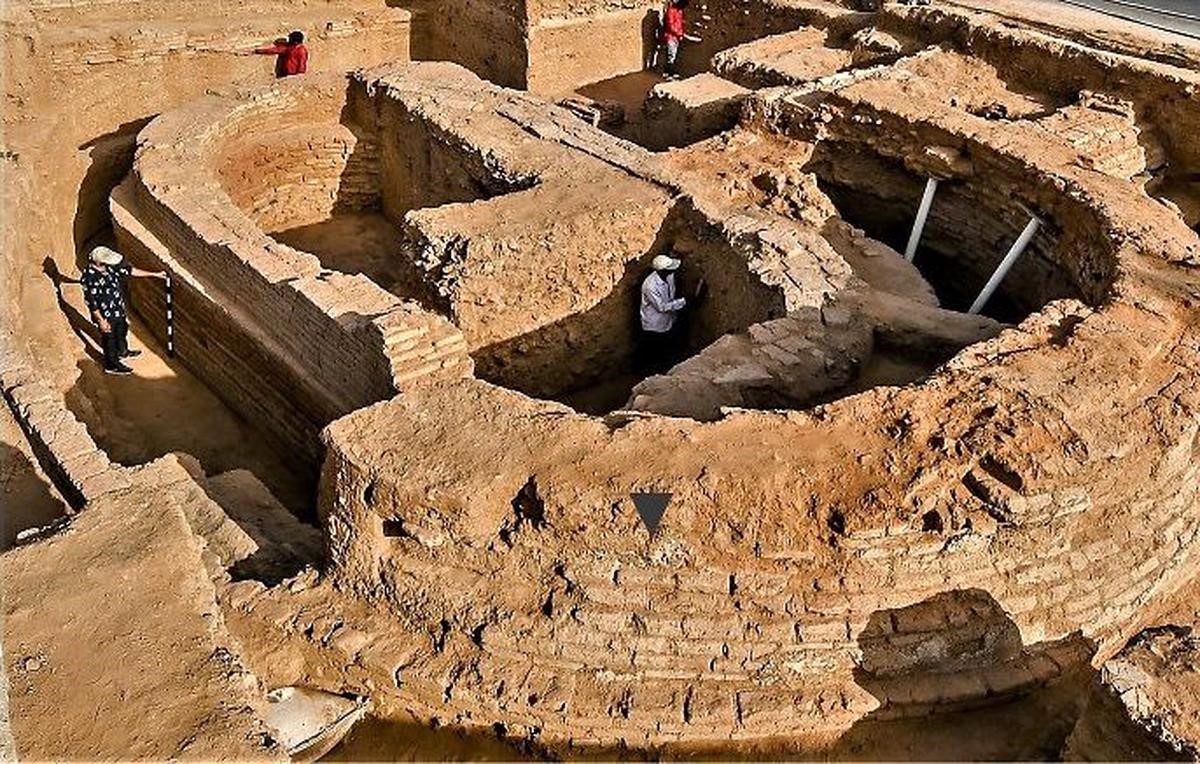
India’s Oldest Living City found in Gujarat

15.01.2024
India’s Oldest Living City found in Gujarat ,Daily Current Affairs , RACE IAS :- Best IAS Coaching in Lucknow
|
For Prelims:About the Excavation,Findings of the Excavation |
Why in the news?
An archaeological excavation at Gujarat's Vadnagar has discovered evidence of human settlement dating back to 1,400 BCE.
About the Excavation:
- The excavation was done by a team of scientists from IIT Kharagpur, Archaeological Survey of India, Physical Research Laboratory, Jawaharlal Nehru University and Deccan College
- The study was funded by Infosys Foundation and Gujarat government's Directorate of Archaeology & Museums that is entrusted with building India's first experiential digital museum at Vadnagar.
- The excavation at Vadnagar was carried out from 2016 till early 2023.
Findings of the Excavation:
- The find is significant as it plugs a gap in Indian archaeological history between 1,500 BCE and 500 BCE and points to a continuity in human settlement in India over 5,500 years.
- There was no record of an advanced city-like settlement before 500 BCE.
- The team said that the settlement could be as old as 1,400 BCE and contemporary to the very late phase of post-urban Harappan period.
○If true, it indicates a cultural continuity in India for the past 5,500 years and that the so-called Dark Age may be a myth.
○The period between the collapse of Indus Valley Civilisation around 4,000 years ago (early 2nd millennium BCE) and the emergence of Iron Age and cities of Mahajanapadas like Gandhar, Koshal, Avanti (6th-5th century BCE) is depicted as the 'Dark Age' by a section of archaeologists.
○ Records are rare for this period - one of the earliest is the rock inscription of emperor Ashoka during Mauryan period (320-185 BCE) at Sudarsana Lake, Girnar hill, Gujarat.
- The excavation at Vadnagar has revealed characteristic archaeological artefacts, potteries, copper, gold, silver and iron objects and intricately designed bangles.
- The study also indicates that the rise and fall of different kingdoms over 3,000 years and recurrent invasions of India by central Asian warriors were driven by severe change in climate like rainfall or droughts.
- The radiocarbon dates show that successively Vadnagar was ruled by:
○Indo-Greeks (till 100 CE),
○Indo-Scythian or Shakas known as Kshatrapa kings (till 400 CE),
○Maitrakas (Gupta kingdom), Rashtrakuta-Pratihara-Chawada kings (till 930 CE),
○Solanki kings (Chalukya rule till 1,300 CE),
○Sultanate-Mughals (1680 CE), and
Gaekwad/British.
- The excavation team said that the inference from the findings at Vadnagar was that cold arid/hyper-arid conditions could have triggered migration from the uninhabitable central Asia.
Source: The Times of India